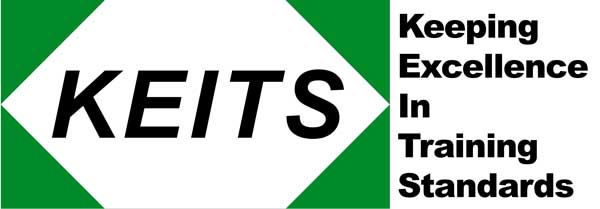Welcome to the first in our School Leaver Series. Today we are looking at what a CV is and what should be included. We also look at other things to consider when writing and sending in a CV.
We hope this helps you on your journey.
What is a CV?
CV stands for Curriculum Vitae which translates to the ‘course of life’. It acts a chronical of the authors education and working life.
It lists qualifications, previous work experience and hobbies and enables potential employers to make a judgement about the applicant and gives the candidate the chance to give a good first impression.
What should be included?
There are a few things you must include to ensure your CV is considered.
- Start by finding a good template, ensure you find one that shows off your strengths and skills the best.
- You MUST include your name, address, and full contact details. Ideally somewhere near the top. This makes it easy to find when employers are looking through a pile, making contact for interview easier. Make sure all the contact details are correct with no errors.
- Add any previous work experience you may have. Always start with the most recent and work your way back. Put the business name, the job role, and the time frame you were there. Under each different period of work experience add what you did whilst you were there including your key roles, your strengths and what you may have learnt.
- List any relevant qualifications you may have. Again, list the most recent first and then backwards.
- Write a personal statement about your hobbies and interest. Make sure that it shows a little about your personality but also how these skills are relevant to the jobs you are going for. Such as; I enjoy the Scouts, this gives me leadership skills and learning new skills.
- Lastly, ensure you add a minimum of 2 referees. These could either be a past employers or someone who has known you for a long period of time. It is important that the referees know that they may be called upon to give a reference to either your character or your skills.
Things to consider….
Your CV is the first chance to make a good impression to the employer so make sure it has as much detail as possible and the spelling and grammar is correct.
Depending on the recruitment process you may need to write a covering letter to go in with your CV. This is a short letter to the potential employer declaring introducing yourself and your intention to apply for a specific position and why you feel you wish to work in the company and why you feel you would be good for the role.
Once you have sent in your CV and Covering letter and application. Make sure you keep an eye on your any unusual numbers that are calling you and check you email daily including your junk mail-box in case the employer is trying to contact you. You do not want to miss the call that could change your life.
We hope you have found this helpful. Look out for the next in the School Leaver Series!

